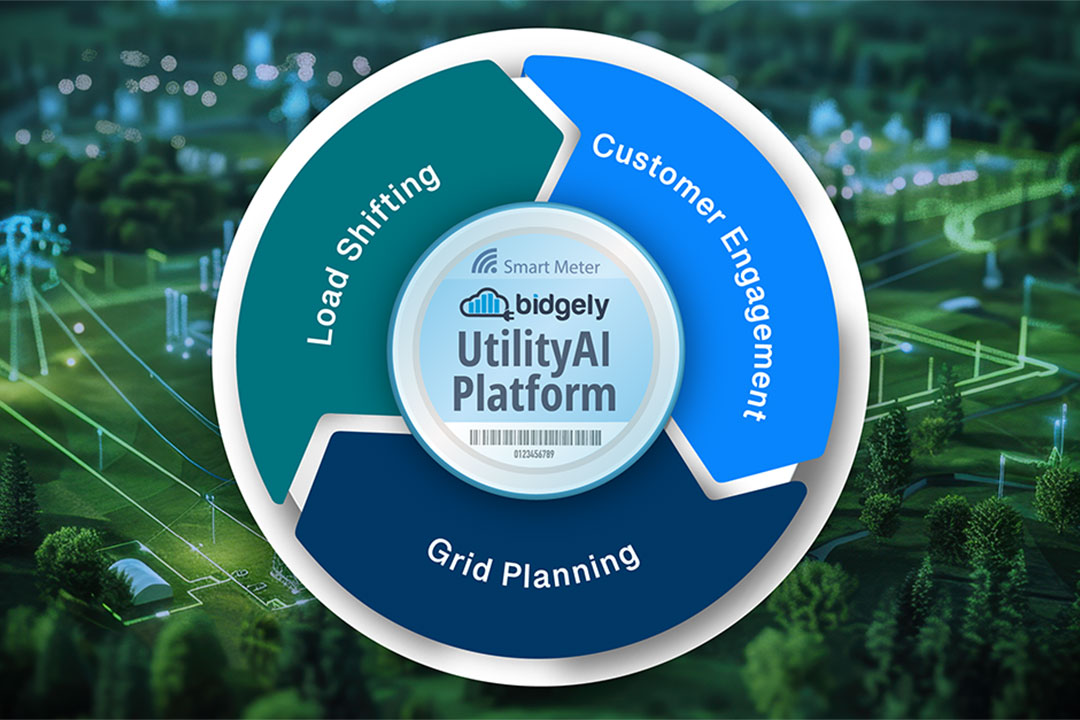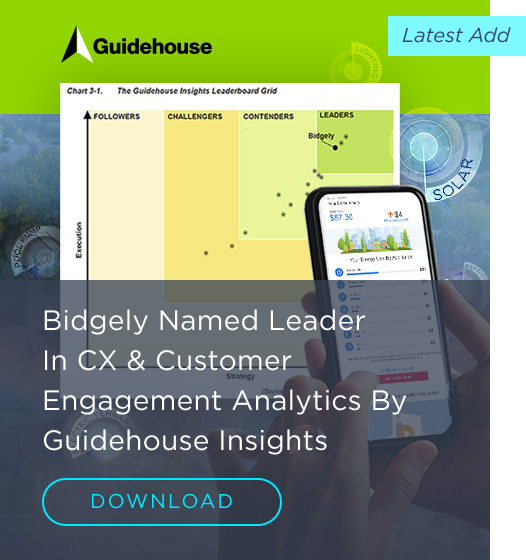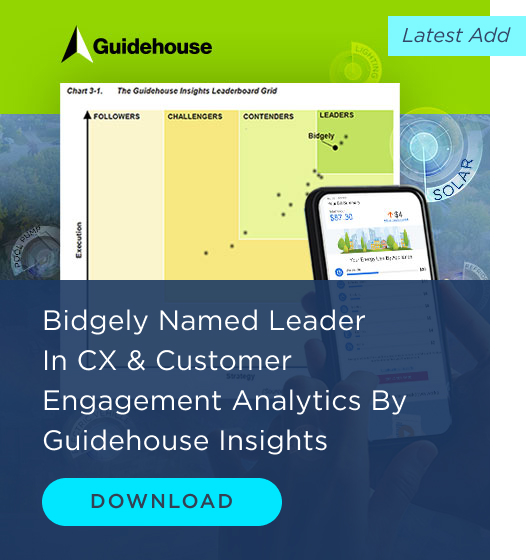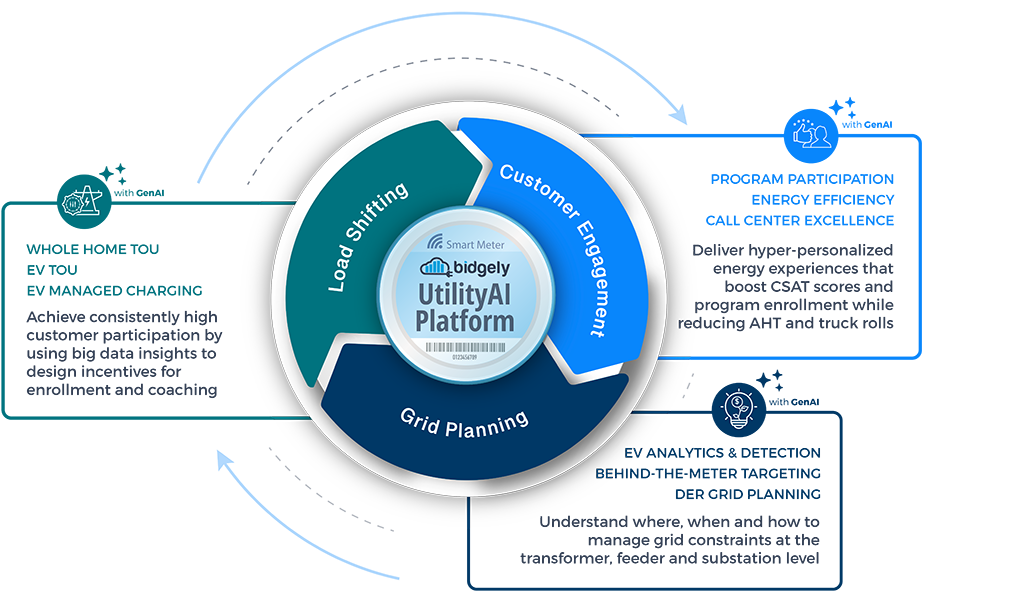Grid Planning: Leveraging Data for Intelligent Growth
The second part of the flywheel focuses on intelligence-driven grid planning.
Behind-the-meter (BTM) customer energy use data provides utility grid analysts with critical insights into where grid assets face constraints — identifying whether distribution transformers, substations or feeders are experiencing peak-time overload and understanding the root causes. As mentioned earlier, these BTM insights are especially valuable at both the home and circuit level due to the significant geographical and device-type variations in DER adoption patterns.
Bidgely’s AI-enabled platform helps identify which customers own solar, EVs, and/or batteries, the type of EV chargers they use, and their charging patterns. UtilityAI™ provides a granular understanding of appliance-level energy consumption patterns for every individual customer on an hourly, daily and monthly basis to help utilities pinpoint those customers who have the greatest load shaping or shifting potential to alleviate grid constraints.
Bottom-up load aggregation of these “disaggregation-based BTM insights” further empowers utility teams to proactively identify where grid assets — transformers, feeders or substations — are likely to become stressed in the future.
Load Management: Optimizing for Resilience
This brings us to the last part of the flywheel: load management.
Efforts to manage peak load through demand response can take multiple forms: shimmying, shedding, shifting, and shaping. Among these, load shifting and load shaping prove most effective for addressing long-term grid stability as DERs scale.
With Bidgely’s AI-based disaggregation of BTM data, utilities not only gain access to energy usage by appliance, they can also identify specific appliance types — including EVs, and gas vs. electric appliances — as well as consumption patterns that reveal whether an individual home consistently uses energy during peak hours or exhibits off-peak, low-load tendencies. Thus, utilities are able to better target program recruitment to the ideal customers for load shaping or shifting.
The synergistic benefit here is clear: because utilities have already leveraged disaggregation to deliver exceptional, hyper-personalized customer experiences, these target customers are primed to become willing participants in demand response programs.
Participating in such programs reduces overall energy footprint and costs for customers, thereby further enhancing customer experience and bringing us full circle to the beginning of the flywheel, where it continues to turn with increasing momentum.















